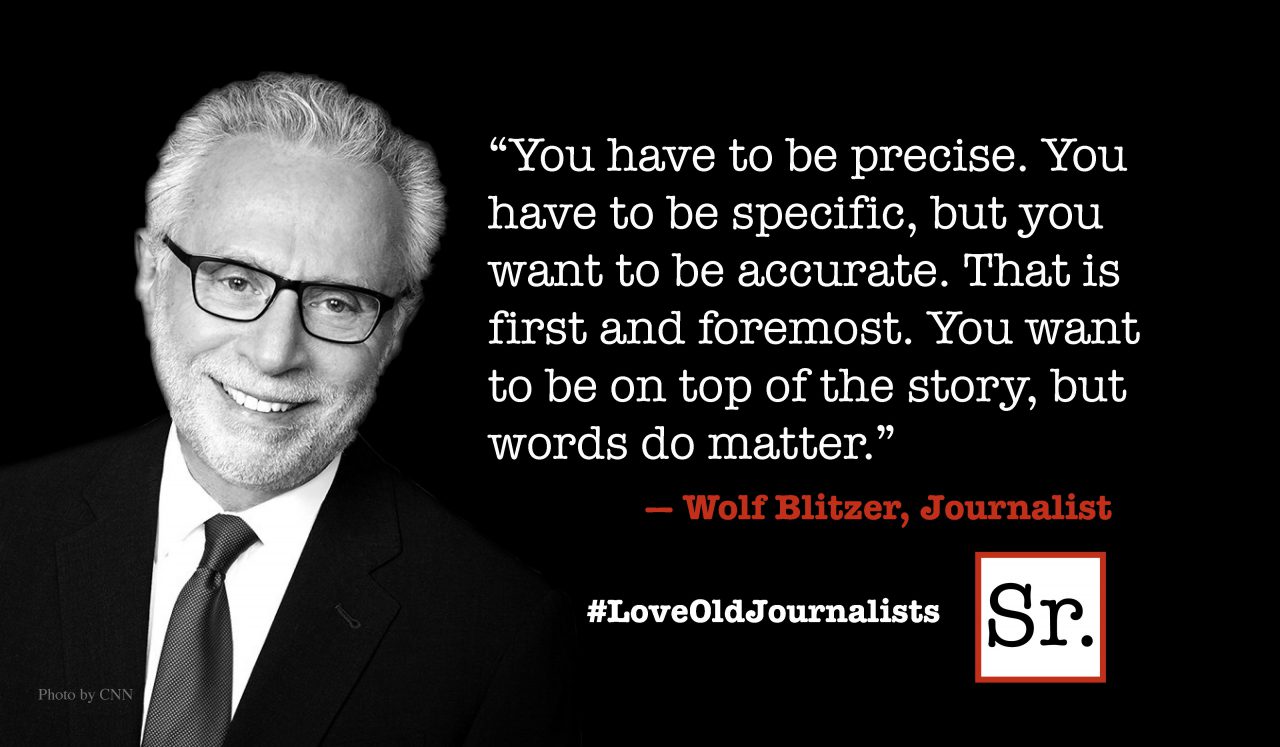Pessimists can’t lead.
Pessimism serves leaders, however. Solving problems requires you first see and acknowledge them. If you plan to move forward, stop dancing around the elephant. Ask hard questions.
Additionally, successful leadership includes looking down the road anticipating and preparing for failures, challenges, and problems. If it can go wrong, eventually it will. Get ready.
But:
Pessimists can’t lead when they focus on what can’t be done.
From defeated pessimist to realistic optimist:
- See it and know it’s a dead end. The ability to shoot things down may be helpful, but it’s not a virtue.
- Trust others. Listen to the insights of others when they’re speaking from experience or through the lens of their strengths. Go with them rather than your pessimism.
- Don’t solve every problem, just the important ones. Reject the rest. Pessimists get overwhelmed because they can’t prioritize.
- Do something now and adapt as you go. The deadliest danger of pessimism is too much talking and not enough doing. Action creates a new kind of talking for pessimists. Talking without action centers on problems. Talking during action focuses on solutions. “How can we fix this” is better than “here’s why it can’t be done.”
- Ask what’s next.
- Frustration from feeling powerless is a myth. You can always do something. (See: Gifts From an Empty Cup)
- Acknowledge fear motivates pessimism – fear of failure, fear of losing reputation. Fear may be helpful but sometimes it’s the coward’s way out.
- Realize you drag others down, too. Your negativity makes others negative. Welcome to the dark work environment that you create.
- Plan for the worst. Contingency plans are a pessimist’s gift. You’re going places when you get through “what if” to find “we could.”
- Ask yourself where pessimism takes you. When it’s a good place, go with it.
How do you deal with pessimism?
What does realistic optimism look like?









